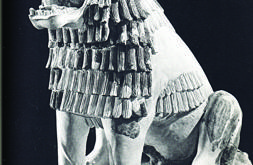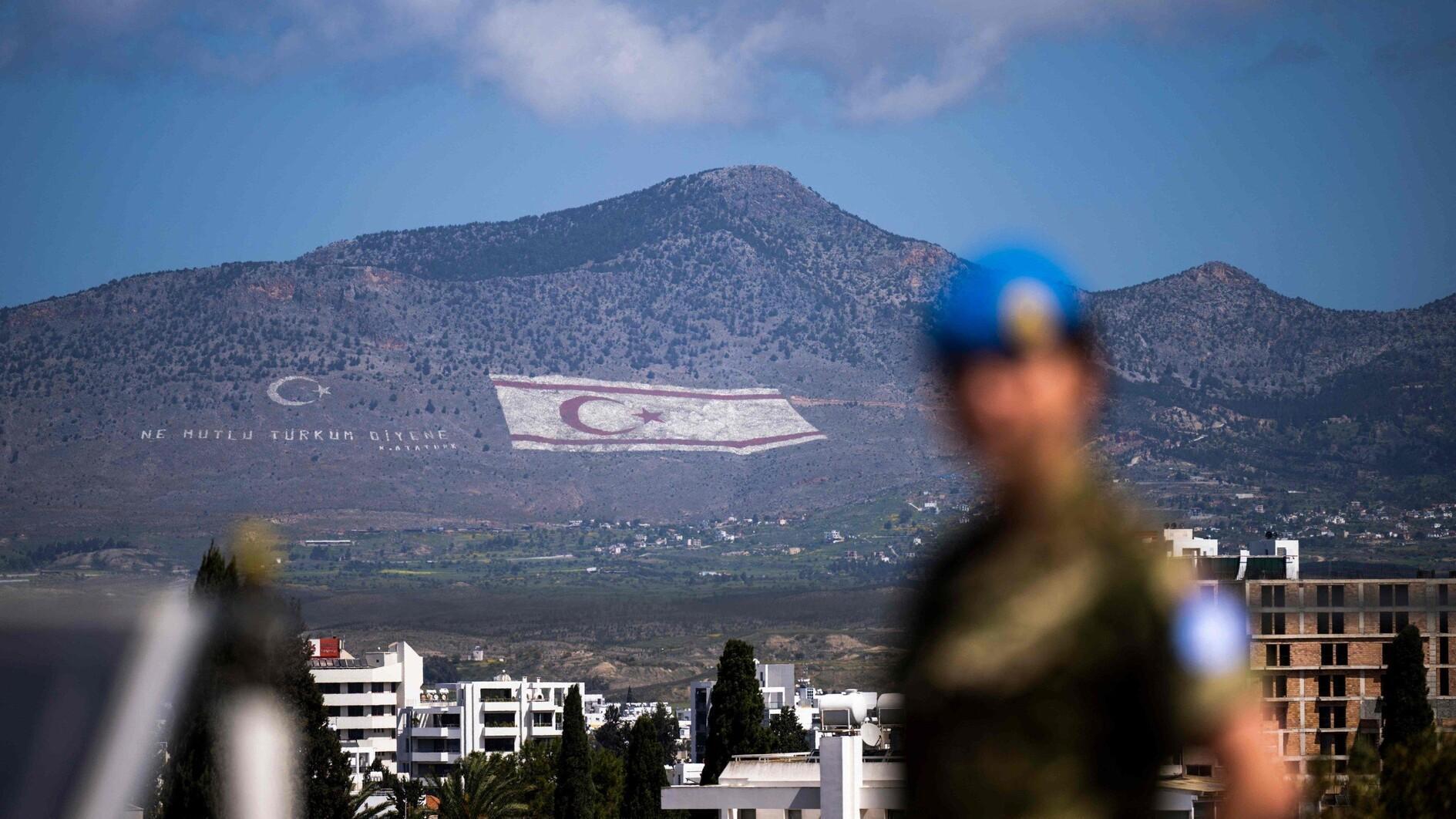Lions, gates and lions' gates
Niki Gamm ISTANBUL - Hürriyet Daily News

The famous lion gate at Mycenae in Greece towers over the visitor to the 13th century BC site. Two rampant lions stand above a 10-foot gate of monolithic stone. The faces of the lions are no long clear, but they probably faced outwards.
Human beings have acknowledged the lion has been the king of beasts and a symbol of power and royalty for thousands of years. Although now mostly confined to parks and zoos, lions in the thousands once roamed around Africa, India, the Near East and the Mediterranean coast. We find them in the cave paintings of prehistoric man and in artifacts from Sumer and Egypt as early as 3000 B.C.One of the world’s most famous lions is the Egyptian Sphinx in which the lion is shown with the head of human. The lion, however, frequently appears in ancient Egyptian tombs representing the gods who protected the journey of the sun during the night. According to Egyptian beliefs, the sun at dusk entered a tunnel through which it traversed the netherworld at night in order to emerge at dawn. A seated lion sat in front of the entrance and represented yesterday while the second seated lion was located at the exit and represented tomorrow. This appears to be one of the first representations of lions as guardians. It’s interesting, however, to note that while the ancient Egyptians worshipped cats and they considered the two lions who guarded the gates to the tunnel to be deities, they don’t seem to have actually worshipped lions the way they did cats. Only one lion has been found mummified in a tomb.
Lions as guardians
One of the first examples of Near Eastern lions as guardians comes from a 19th century B.C. temple at Mari in present-day Syria. Excavations revealed a statue of a lion at the door of a temple of Dagan, a deity worshipped by the Amorites.
The Hittites were using the symbol of lions as the guardians of gates as we see from the ruins of Hattusha, the capital of the Hittite Empire. The two lions on either side of the gate are shown in heads and front quarters only. The jaws are opened in a threatening manner. There is also a Sphinx Gate. Similar lion motifs are found in other Hittite cities around Anatolia in the 12th century B.C., including Carchemish (Karkamış), which was excavated by Leonard Woolley over several years starting in 1911.
 At roughly the same time, the famous lion gate at Mycenae in Greece towers over the visitor to the 13th century BC site. Two rampant lions stand above a 10-foot gate of monolithic stone. The lintel or stone supporting the lions is estimated to weigh some 18 tons. A triangular shaped limestone with the profiles of two lions facing each other carved into it rests on the lintel. The faces of the lions are no long clear, but they probably faced outwards. Their front paws are on two altars and a Minoan column stands between the two. The latter leads researchers to believe that the symbol of power wielded by the kings of Mycenae, where the famous Helen of Troy originated, had a Minoan origin.
At roughly the same time, the famous lion gate at Mycenae in Greece towers over the visitor to the 13th century BC site. Two rampant lions stand above a 10-foot gate of monolithic stone. The lintel or stone supporting the lions is estimated to weigh some 18 tons. A triangular shaped limestone with the profiles of two lions facing each other carved into it rests on the lintel. The faces of the lions are no long clear, but they probably faced outwards. Their front paws are on two altars and a Minoan column stands between the two. The latter leads researchers to believe that the symbol of power wielded by the kings of Mycenae, where the famous Helen of Troy originated, had a Minoan origin. Greek mythology is full of references to lions. For example, the chariots of the gods were pulled by lions and then there was Hercules who wore a lion skin around his shoulders. The skin was the one that Hercules got by defeating a ferocious lion as the first of the labors he was to undertake for a king of Mycenae.
The Assyrian king, Ashurnasirpal II who reigned between 883 and 859 B.C. in Mesopotamia records hunting and killing 450 lions in inscriptions and wall reliefs in his palace show him hunting them from his chariot. Lion hunting was usually conducted at times when the country was not at war so the lions served as a kind of enemy to keep skills at their peak. During one period only royalty could hunt lions, emphasizing the high esteem in which the king of beasts was held. Ashurnasirpal II also had huge winged statues set up at the doors and gates of his cities. These had human heads and winged bodies a bull and a lion and were worshipped as deities.
When we enter the Islamic period, there is plenty of evidence that lions were still part of the landscape as evidenced by the many references in literature and miniature paintings. They continue to be the king of the beasts even when they are portrayed in the fables of Khalila wa Dimna. There is also evidence that rulers in the Near East kept lions for their amusement and even as punishment for those who dared to oppose them.
Fast forward through history to the late Seljuk period when lions seem to have also been a favorite means of protecting palaces and city gates. The Greater Seljuks also used lions as symbols of their power and the Seljuks of Rum (Anatolia) were no different. A very recent discovery has been two lions that share a single head at a caravanserai in Aksaray. (See “Lion keeps mystery alive in Anatolian structure,” Hürriyet Daily News, Dec. 14, 2012) According to information provided by Anatolia news agency, this is the only example of the depiction of two lions with only one head. If one looks carefully at the lions’ bodies you can see that they are shown as very powerful beasts but take up so much space in the triangular area in which they were placed that the artist couldn’t have shown them with two heads.
The Byzantine emperors of the same period are known to have kept lions somewhere near the Blanchernai Palace, possibly in the Anemas Prison, turning them loose when the Lombard Crusaders attempted to attack the city walls in 1101.
Amusing sultans, women
The Ottomans kept their lions in what was called an arslanhane (lion-house) or originally the Church of Christ Chalkites near the Hippodrome. This was close enough to Topkapı Palace for them to be brought into the palace gardens for them to amuse the sultan and the women in the harem.
Just this past September, Israeli authorities announced the end of a five-year project to restore the walls around old Jerusalem that were built at the command of Kanuni Sultan Suleyman in the 16th century. The most famous of the gates in these walls is the Lions’ Gate, especially placed there as the result of a dream that the sultan saw on several occasions. He apparently dreamed that lions were about to attack him for not having put a wall around the city for protection. Not only did he order the wall made but he had the images of two lions made. However, some authorities believe that these lions were taken from a 13th century building constructed by the Mamluke sultan, Baybars.
We don’t build gates like that anymore, although the lion hasn’t yet lost its position as the king of beasts and a symbol of power. Otherwise, some countries and at least two major international banks wouldn’t have chosen the lion as their symbol.
















